Spain has a huge variety of vegetables that are grown across the country. Whether they are varieties that have been grown there for millennia or those that have been imported into the country over the centuries; there is something for every taste and budget. To help you figure out what your favorite Spanish veggies might be, we have compiled a list of just some of the most well-known vegetables grown across Spain. Here Are Some of Best Types Of Spanish Veggies
1. Alcachofas (Artichokes)
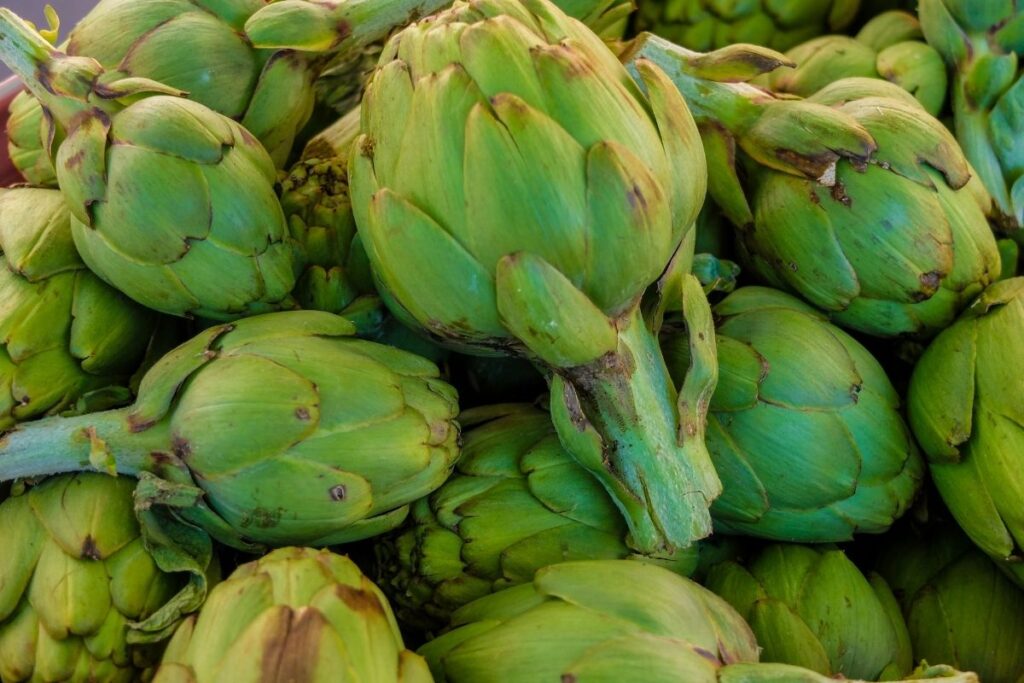
A widely eaten vegetable between December and May, Artichokes are very popular across Spain. They are eaten in a massive variety of ways, from being stir-fried to being used in Spanish tortillas and fried in butter.
This vegetable was brought to Europe from the Middle East over two thousand years ago. Artichokes are excellent sources of fiber and potassium and contain antioxidants. They’re also extremely low in calories.
In addition to these health benefits, artichokes taste delicious. The leaves of the artichoke resemble those of lettuce, and the tiny flowers of the artichoke are edible too. These tiny flowers add a delicate flavor to dishes.
Spanish Artichokes are usually a little smaller than most other varieties of this vegetable and are often hollowed out to be filled with a variety of different ingredients, from couscous to cheese, to several different meats.
2. Ajo Morado De Las Pedroneras (Purple Garlic)
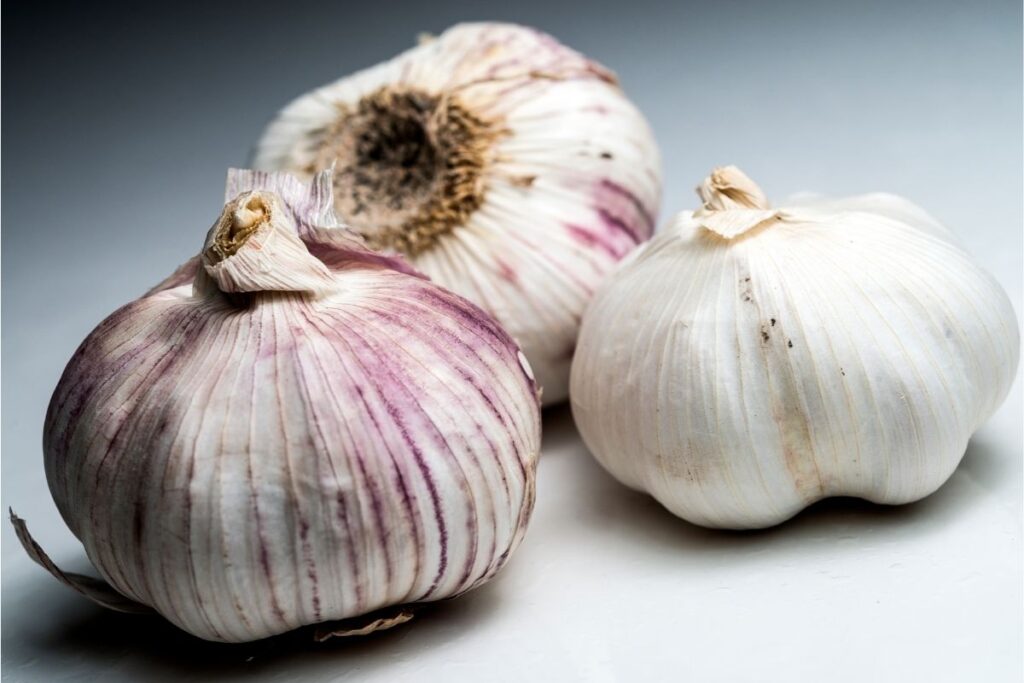
Garlic is one of the most popular foods in Europe. Many people believe that eating garlic helps prevent certain diseases. The same is true in Spain, where garlic is used to treat different health conditions.
For example, garlic is believed to cure constipation, indigestion, and stomach ulcers. Garlic also helps prevent hypertension, diabetes, and heart disease.
There are many ways to use garlic in Spain. One common method is to cook it and add it to food such as salads, soups, meat dishes, pasta, rice, and bread.
Another option is to eat raw garlic cloves. People often use this method to fight colds, flu, allergies, acne, and other illnesses.
In addition to using garlic in food, Spanish people also drink garlic water to promote digestion and cleanse the liver. They also use garlic to treat sore throats and coughs.
3. Cebolla Fuentes De Ebro (Onions)
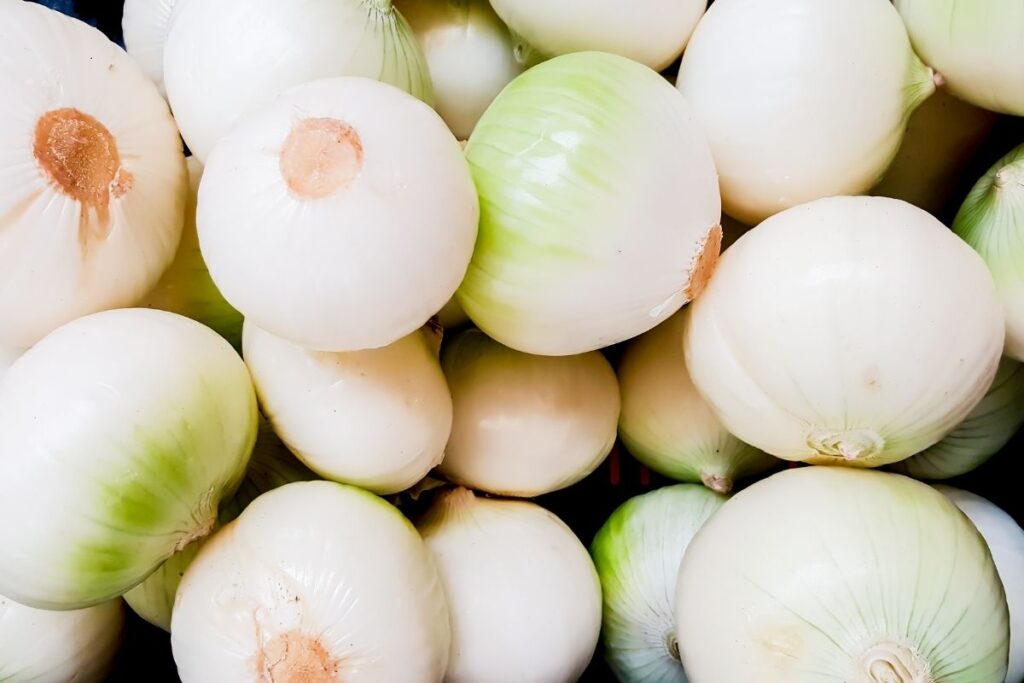
Onions are one of the most popular vegetables in Spain, coming in a range of different types that are used in different recipes.
The most commonly grown and used are the yellow and white sweet varieties, both being cultivated, prepared, and eaten around the country. They are usually cooked, sliced, and served with meat dishes, or added to salads for an extra zingy taste.
White onions are used in many Spanish recipes, such as paella or gazpacho.
Yellow onions are eaten raw quite typically in Spain, thanks to their slightly sweet taste making them more palatable to be eaten this way.
Spanish onions are available in supermarkets and farmers’ markets throughout Spain.
4. Repollo (Cabbage)
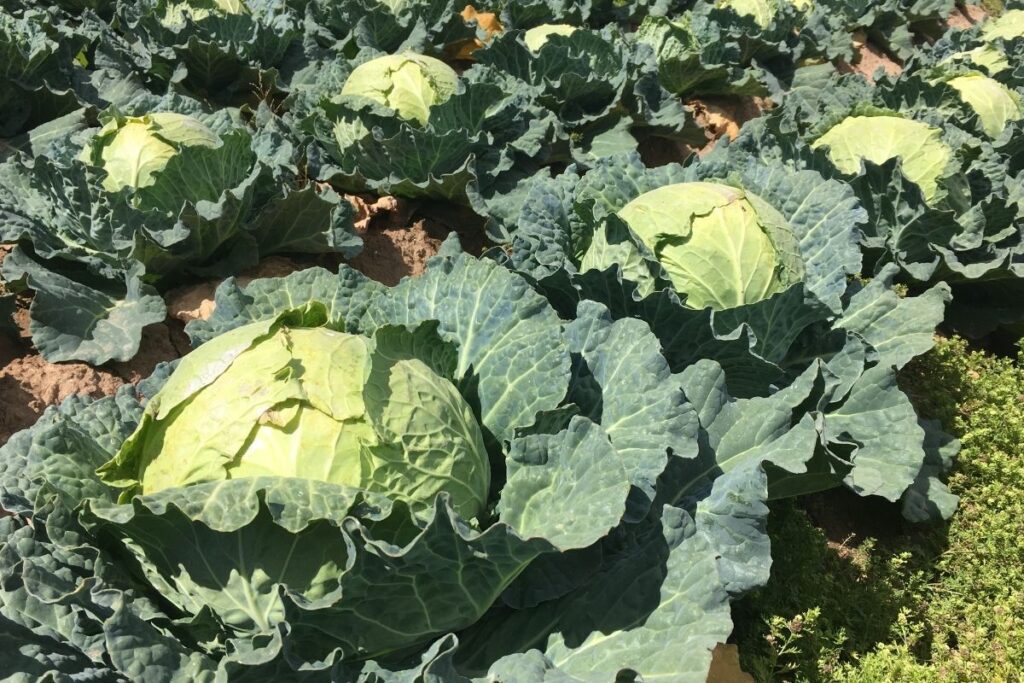
Although we often stick our noses up at cabbage, chiefly for being presented with poorly cooked examples throughout our children, it is a very delicious vegetable that has been prepared much better than our parents or school cafeterias were often capable of.
This is especially true in Spain, where many recipes will use cabbage as the base ingredient that leads to a wild and vibrant dish.
Andalusian cabbage recipes are probably the most famous example of this, being one of the most well-known recipes to come from Southern Spain.
It grows well in warm weather and is usually available year-round, making it perfect for Spanish climates and farmers. The main difference between spring and winter cabbages is that the latter is sweeter than the former.
Cabbage contains lots of fiber and many nutrients. This makes it a great food to eat for its health benefits.
5. Rabano (Radish)
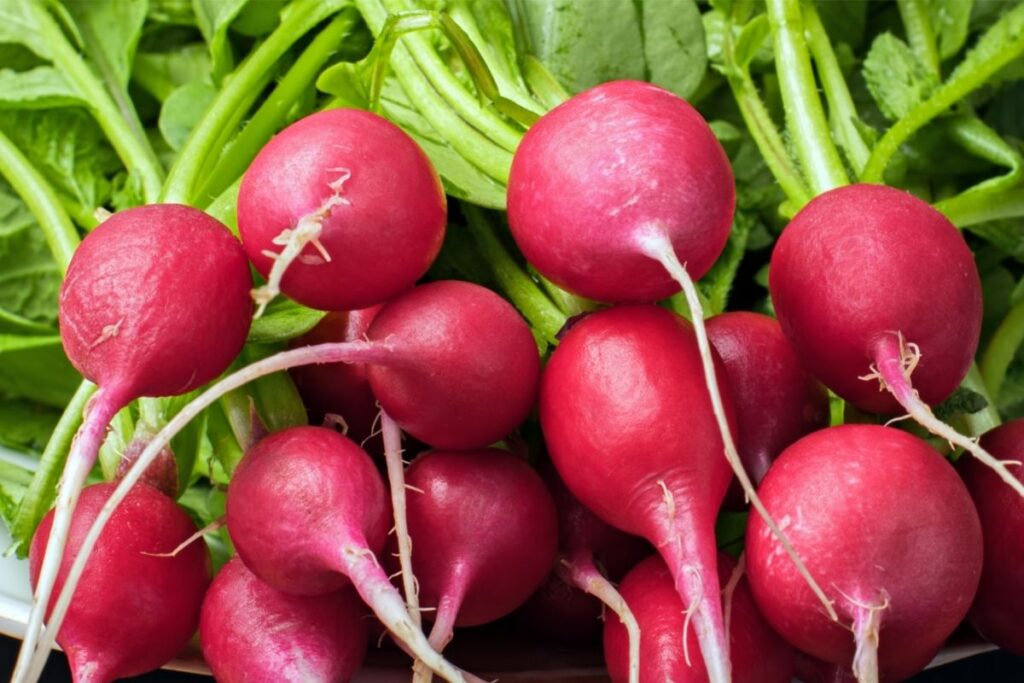
Radishes have been used since ancient times, and they were probably first cultivated in China, but have since been grown across the world, becoming a staple crop and vegetable in many people’s diets.
Spain is no exception to this. The word “radish” comes from the Latin word “radius,” meaning “little root”. Radishes are part of the mustard family, along with turnips and horseradish. They grow well in cool weather and can thrive even in poor soil.
Radish-based salads are very popular in a lot of Spain, their firm texture giving them a bite that compliments the other vegetables used in salad-based dishes.
They are available across many Spanish supermarkets fresh, frozen, canned, pickled, and dried. Fresh radishes are often eaten raw in salads, as we already mentioned, or as extra textures in different kinds of sandwiches.
Canned radishes may be added to soups and stews, or they can be cooked and served as a side dish. Pickled radishes are popular in Mexican cuisine, thanks to the Spanish roots of many Mexican recipes.
Dried radishes are also commonly found in Middle Eastern and Asian dishes.
6. Cardo (Cardoon)

Cardoons are cultivated in many temperate climates. The plant is native to southern Europe and western Asia, where it grows wild in dry places, such as the Mediterranean region.
It is a perennial herbaceous plant growing up to 3 meters (10 feet) tall. Its leaves are narrow, about 5 cm (2 inches) wide; they are dark green, smooth-edged, and hairless. Its flowers are small, yellowish-green, and grouped in dense clusters. The fruit is an oblong capsule containing several seeds.
It’s a particularly popular vegetable in Andalucia in Southern Spain, lauded for its high fiber and low calorie content.
7. Setas (Wild Mushrooms)
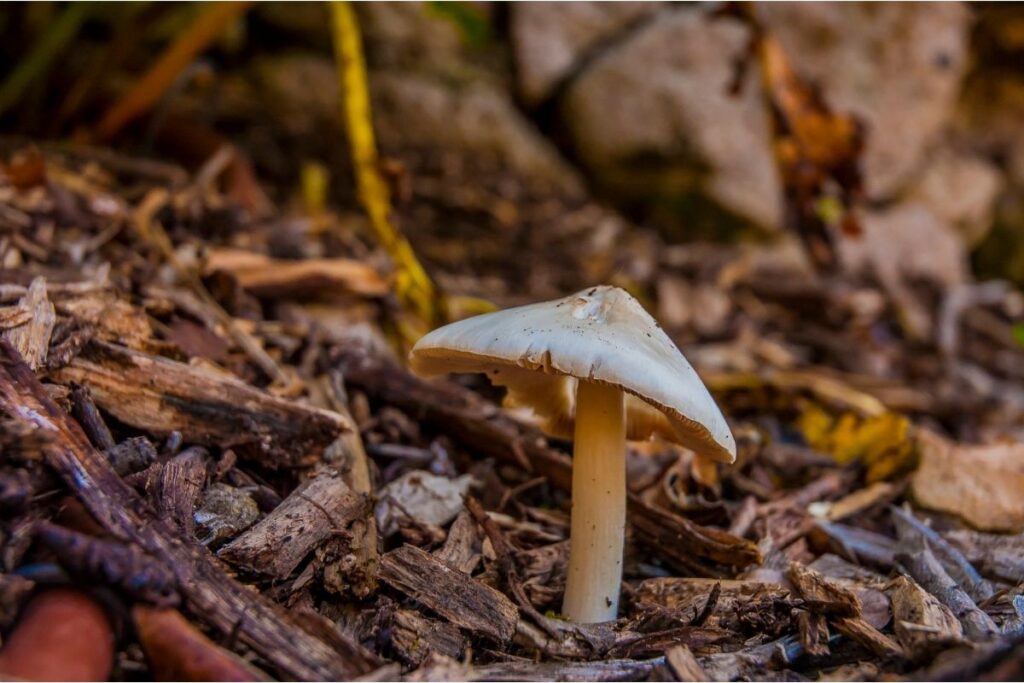
Wild mushrooms are a delicious food source that is becoming increasingly popular. And in a country like Spain, where there are many species of wild mushroom, this is no different.
There are over 1,000 species of edible wild mushrooms in Europe alone. Some of the common types include chanterelles, boletes, oysters, enoki, shiitake, and portobellos.
The Spanish region of Galicia is famous for its truffles, a close relative of mushrooms, with both being fungus. There are over 10 varieties of truffles found there.
Most wild mushrooms are found growing near trees and forests. They prefer cool weather, so they are usually found in spring and fall. Be sure to pick mushrooms carefully to avoid any insects or dirt.
8. Calabacin (Zucchini/Courgette)

Zucchinis are another popular plant that is grown all across Europe. Every country has its take on this easily grown vegetable, Spain included.
Zucchinis, also known as Calabacins in Spanish, are one of the most common vegetables in Spanish cuisine. They are often used raw in salads, cooked in soups and stews, and pickled.
Because they can also be frozen, both whole or sliced, zucchinis are available in many supermarkets, greengrocers, and farmers’ markets. It’s also quite easy to get a hold of their plants too, both from dedicated suppliers, as well as from the vegetables themselves
Zucchinis contain large amounts of vitamin C, potassium, and folate. They are an excellent source of fiber, protein, and calcium.
9. Berenjena (Eggplant/Aubergine)
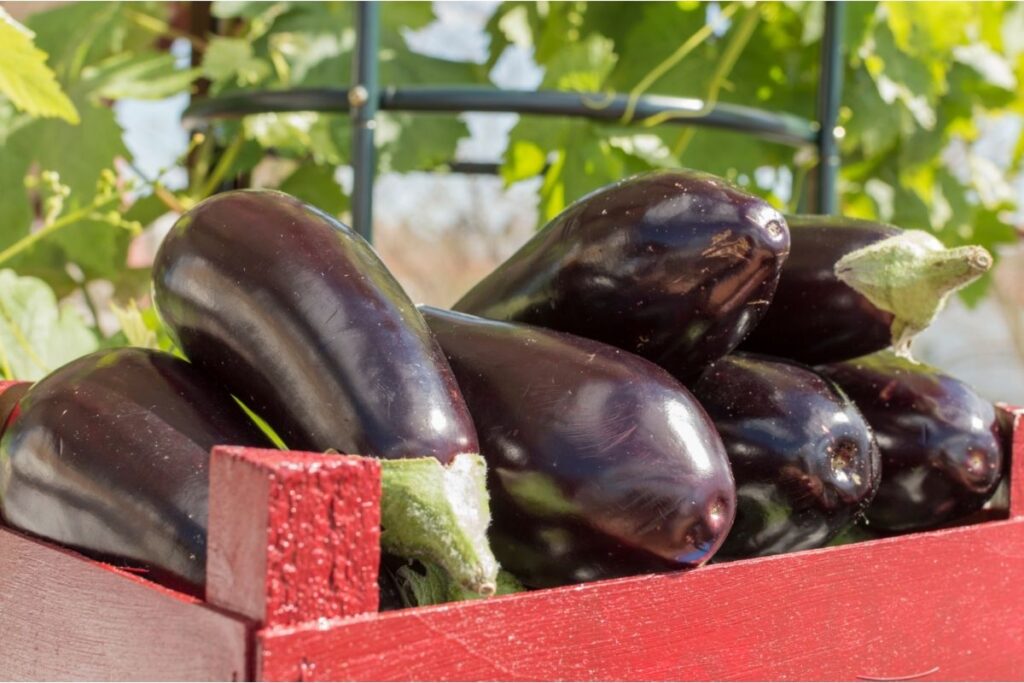
Eggplants are a staple of many Mediterranean cuisines, both in North Africa and Southern Europe.
Eggplant is quite tasty. It’s typically used in Asian dishes, such as curries and pad thai. However, it’s most commonly cooked in Mediterranean countries like Italy, Greece, and Spain.
There is a massive range of Spanish recipes that use Eggplants, with several varieties being grown in and around the country.
10. Calabaza (Pumpkin)

Spain is one of the most popular pumpkin growing areas in Europe. The Spanish grow pumpkins mainly in Andalusia, Extremadura, Castile-La Mancha, Catalonia, Valencia, Aragon, La Rioja, Navarra, Cantabria, Galicia, Asturias, and Basque Country.
Pumpkin seeds are known as “pepitas” in Spain. They are used in dishes such as pepitorrinos, patatas bravas, gazpacho, and tortilla de patata con pepitas.
Pumpkin seeds are usually added to dishes after cooking. They’re typically toasted to make them slightly more tasty and palatable. They go down particularly well as a garnish on pumpkin soup.
11. Puerros (Leeks)
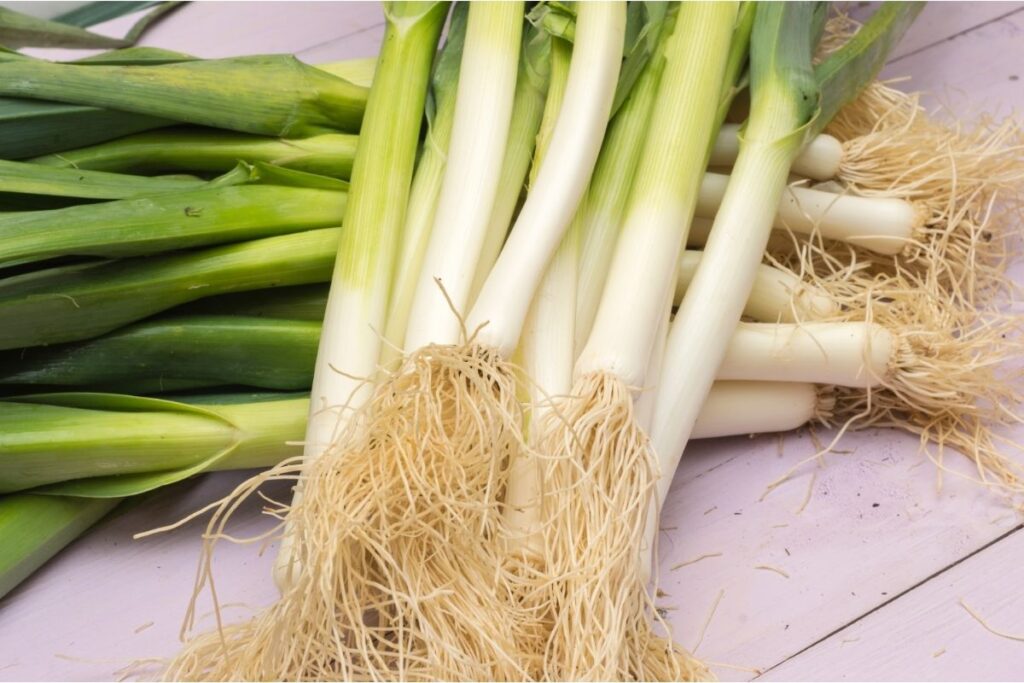
Leek is a vegetable that belongs to the onion family. The name “leek” comes from the French word “lèche”, meaning “to lick”. Leeks originated in the Mediterranean region and were proliferated widely by the Romans.
Whilst they aren’t the first vegetable that comes to mind when we think of Spain, there are many recipes in Spanish cuisine that call for leeks, and they can be prepared in a huge range of ways.
Charred, cooked, boiled, or steamed, served on their own, or with other vegetables and meats, there’s pretty much no limit to how they are eaten.
12. Patatas (Potatoes)
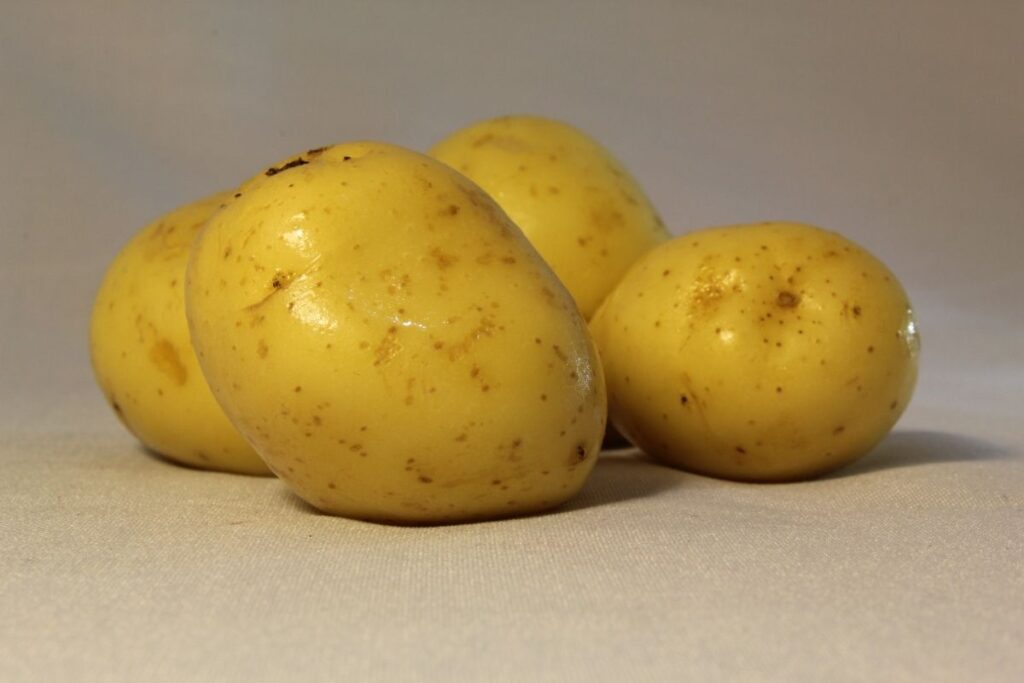
Potatoes are one of the most common vegetables consumed in Spain, as they are in many places around the world. They are often eaten boiled, fried, baked, roasted, mashed, or as chips. White potatoes are called “patata blanca”.
Spanish people eat potatoes in a variety of different ways. There are many dishes made with potatoes, such as potato salad, potato soup, and potato omelets.
Related: La Naturaleza Es Hermosa! 10 Different Types Of Spanish Trees
Conclusion
These are just some of the foods that are grown and eaten in Spain. There are hundreds more. I hope this list will give you an idea of what food your friends can enjoy from this warm little country!
Editor’s Recommendations
Так вкусно! 24+ Types Of Russian Fruits & Veggies
The Color Purple: 11 Different Types Of Purple Colored Veggies







